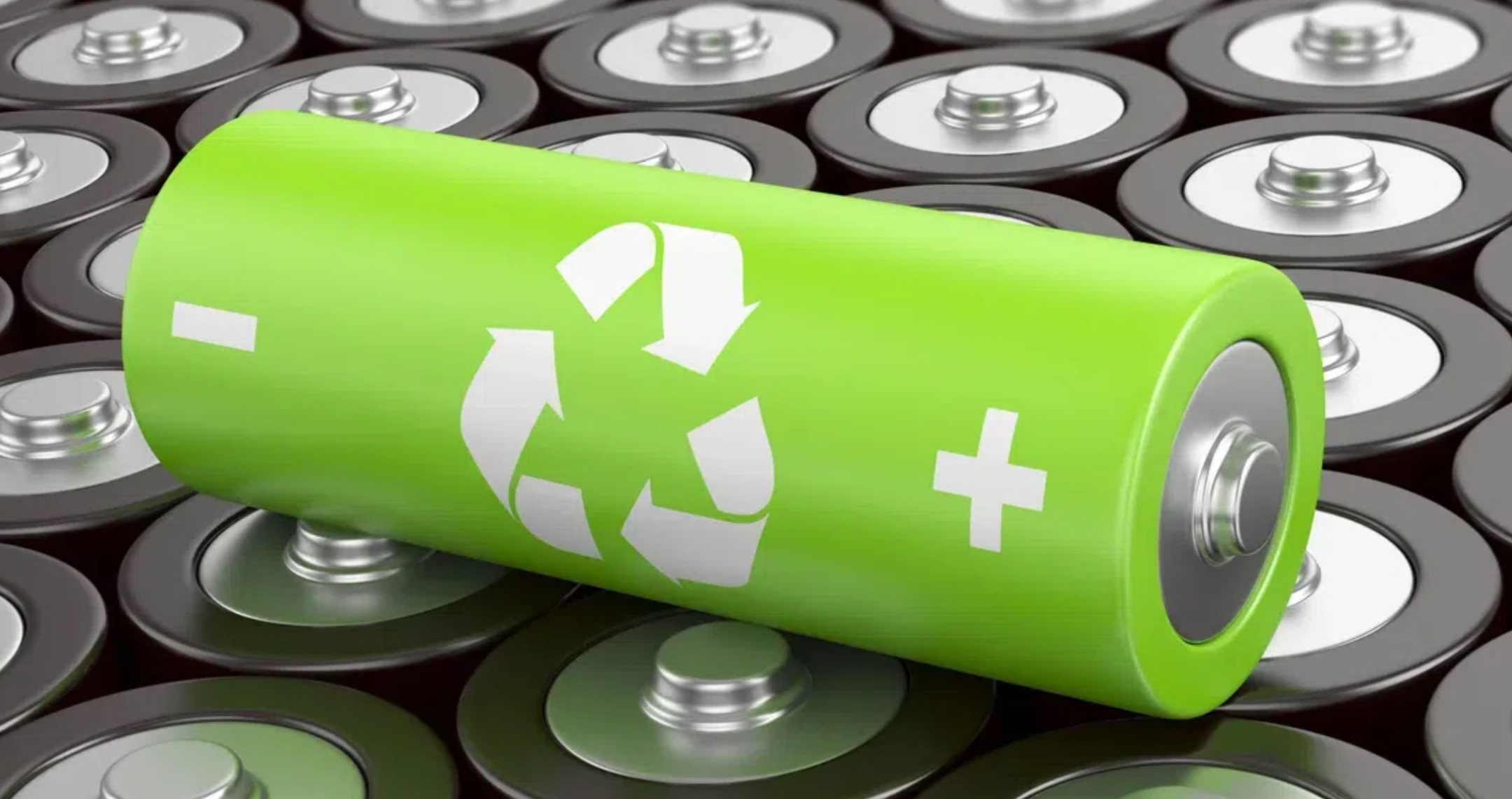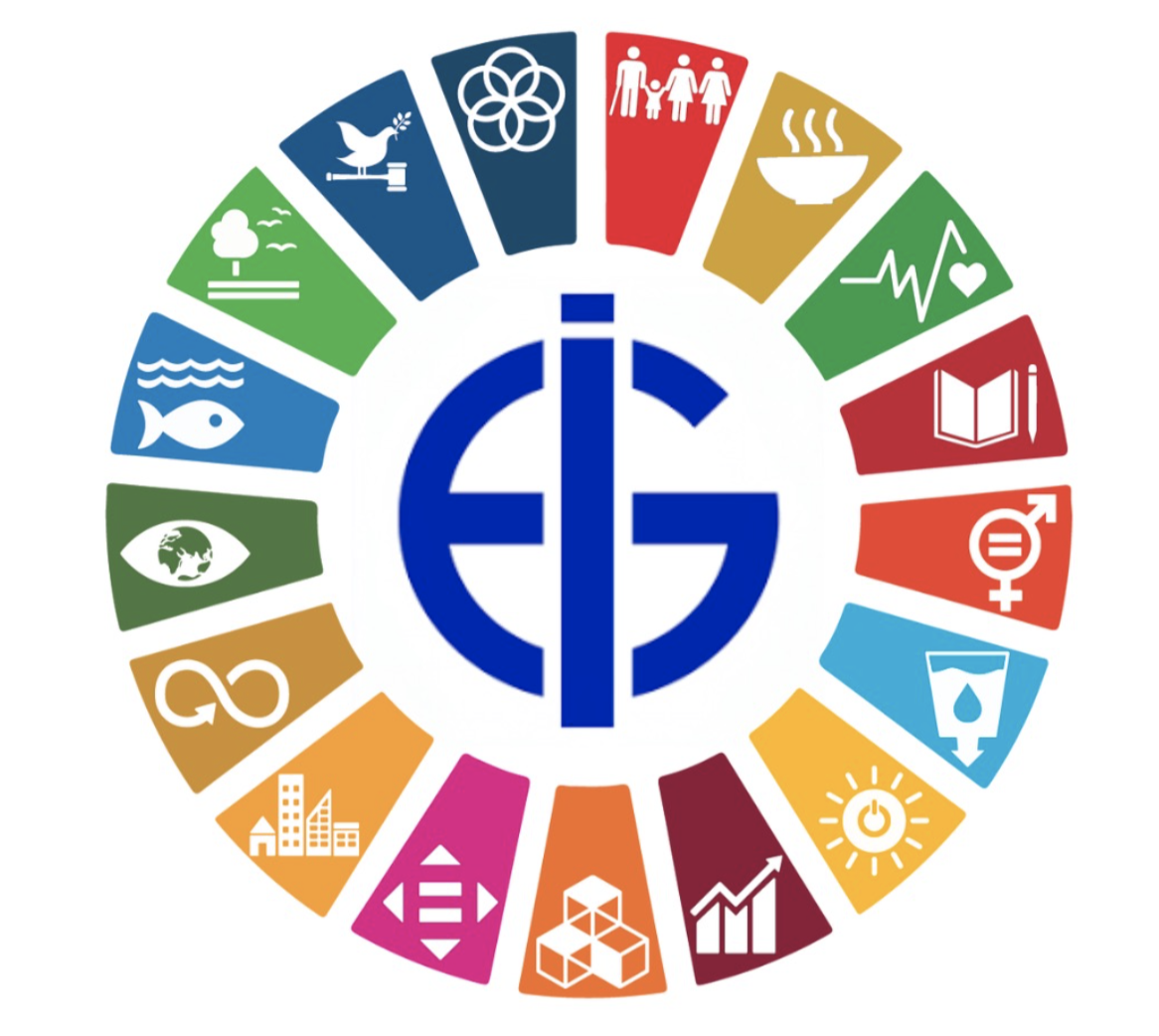By Jamila Talishli, Year 12
Increased electric vehicle usage in recent times has raised the urge for some sustainable solutions to handle the lithium-ion batteries used in them. As the lithium supply is becoming more and more scarce, and as the production of batteries contributes more and more negatively to environmental degradation, a Rice University research team led by James Tour develops innovative ways of recycling to transform this industry to be greener.
One of the new methods adopted by the team uses microwave radiation coupled with a biodegradable solvent for the efficient extraction of lithium from spent LIB cathodes. In this regard, a deep eutectic solvent (DES) is prepared by mixing choline chloride and ethylene glycol. Upon treatment of waste batteries in such a solvent under microwave radiation, lithium leaches out, leaving the other metals behind.
This process massively increases the pace at which recycling occurs while reducing environmental damage. Using the acid-based conventional processes takes almost 12 hours with an 87% recovery rate of lithium, whereas Rice University’s microwave radiation process separates the same quantity of lithium in a short time of 15 minutes. It also minimizes the usage of aggressive acids and provides a cheaper alternative; thus, it does contribute to more sustainable EV production and generally to other energy storage systems.
Another technique, invented by the team to recover valuable metals in battery waste, consists of a solvent-free flash Joule heating. When an electric current passes through the wastes, materials get heated up to 2,500 Kelvin in only a few seconds.
This high-temperature process allows for easy separation of cobalt-a material absolutely essential in EV cathodes because its magnetic properties are induced in the process into its spinel cobalt oxide layers. This process maintains the structural aspects of the active battery materials and enables them to be recycled for the making of new cathodes. The flash Joule heating process does not damage the functionality of the recycled batteries but removes impurities with a 98% recovery yield of valuable metals, offering a highly efficient, solvent-free recycling technique.
These developments in recycling come at a critical moment, with the lithium-ion battery market, currently valued at around US$65 billion in 2023, expected to grow about 23% over the coming eight years. Increasing demand for both EVs and energy storage solutions has focused minds on pressures related to lithium supplies, not to say environmental impacts associated with traditional methods of battery production. The microwave-assisted method uses only a biodegradable solvent, while flash Joule heating itself minimizes waste and does not impact quality. Thus, combined, this will enable a greener way of manufacturing batteries.
These two techniques, if implemented effectively, have the potential to change the game for electric vehicles and energy storage by considerably reducing their raw material requirements, recycling costs, and environmental footprint. As industries around the world continue working their way toward renewable energy and sustainable transportation, Rice University’s work marks a significant development in pursuit of a cleaner, more efficient battery.



